Rome. The name itself evokes millennia of history, art, and civilization. It’s a city that has been a global epicenter for centuries—the heart of a colossal empire, the cradle of Western Christianity, and a muse for artists and poets. But Rome is more than its monumental past. It is a living, breathing metropolis where the echoes of emperors and gladiators coexist with the vibrant rhythm of modern life. To visit Rome is not simply to see its icons, but to immerse oneself in its complex, chaotic, and utterly captivating soul.
This guide is a comprehensive companion for a first-time visit, designed to navigate the city’s immense offerings, from its world-famous landmarks to the quiet, cobblestoned alleys where its true character resides.
The eternal city as an essential journey
Before diving into logistics and itineraries, it’s worth reflecting on why Rome holds such a singular, essential place in the landscape of cultural travel. Unlike any other city, Rome is not a museum of its past; it is a living palimpsest, where every cobblestone, church, and piazza tells a story layered upon another. To walk through Rome is to walk through time itself.
It is here that the foundations of Western law, governance, and engineering were laid. The concepts of the republic, the senate, and citizenship that shaped the modern world reverberate through the ruins of the Roman Forum. The city’s architectural prowess, from the gravity-defying dome of the Pantheon to the sprawling network of aqueducts, remains a benchmark of human ingenuity. A journey to Rome is a direct encounter with the source code of Western civilization.
Furthermore, Rome offers an unparalleled concentration of artistic genius. For centuries, as the heart of Christendom, it was a magnet for the greatest artists in history. The patronage of popes and powerful families fueled a creative explosion that transformed the city into an open-air gallery. The works of Michelangelo, Bernini, Caravaggio, and Raphael are not confined to museums; they are integrated into the very fabric of the city’s churches, fountains, and public squares, presented with the power and context for which they were created.
For the cultural traveler, Rome’s ultimate appeal lies in the promise of discovery. It’s a city that rewards curiosity. Beyond the grandeur of the Colosseum and the Vatican lies a labyrinth of neighborhoods, each with its own distinct character, from the bohemian charm of Trastevere to the quiet elegance of Prati. It is in the unexpected moments—stumbling upon a hidden courtyard, discovering a lesser-known Caravaggio in a quiet church, or finding the perfect scoop of gelato in a back alley—that Rome truly reveals its soul. It is not just a destination to be seen, but an experience to be lived.
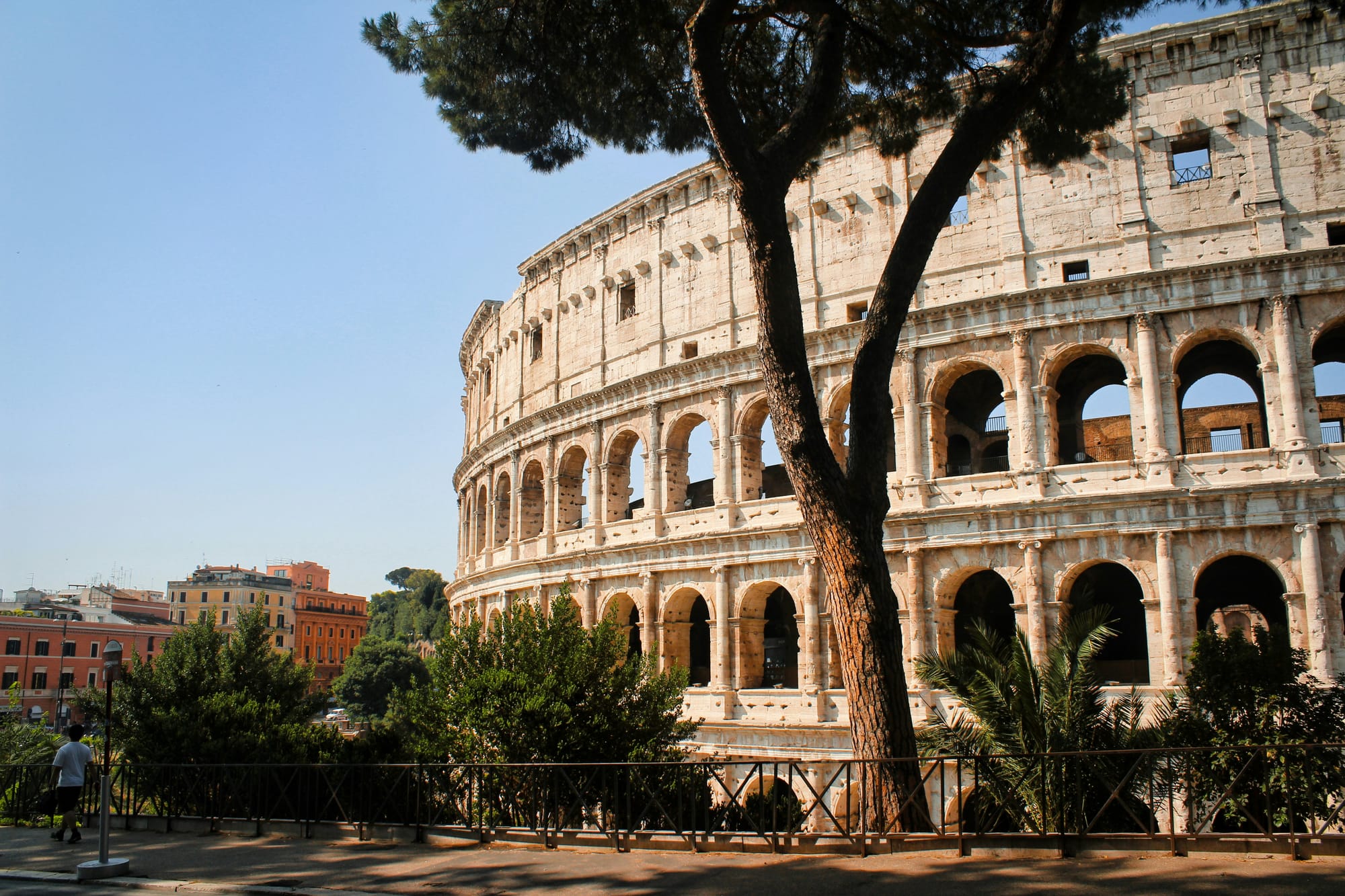
The unmissable icons: seeing the grandeur of Rome
These are the landmarks that have defined Rome for centuries. Approaching them with historical context and practical tips is key.
The Colosseum, Roman Forum, and Palatine Hill
This archaeological park is the heart of Ancient Rome. The Colosseum, an enduring symbol of imperial power and architectural genius, needs little introduction. The adjacent Roman Forum was the center of public life, a sprawling complex of government buildings, temples, and markets. Ascending Palatine Hill, the mythical founding place of Rome, offers breathtaking views over the Forum and the Circus Maximus.
- Insider's Note: A single ticket grants access to all three sites. It is absolutely essential to book tickets online well in advance from the official retailer (CoopCulture) to bypass the notoriously long queues. An early morning or late afternoon visit helps avoid the worst of the crowds and the midday sun.
The Vatican City: a state within a city
The world's smallest independent state is a powerhouse of art and faith. The immense St. Peter's Basilica, with Michelangelo's sublime dome and Bernini's grand baldachin, is a pinnacle of Renaissance architecture. The Vatican Museums house one of the world's greatest art collections, a journey through history culminating in the unparalleled splendor of the Sistine Chapel, where Michelangelo’s frescoes are a testament to human creative genius.
- Insider's Note: The "skip-the-line" tickets for the Vatican Museums are not a luxury; they are a necessity. Book them directly from the official Vatican Museums website. A strict dress code is enforced for St. Peter's and the Sistine Chapel: shoulders and knees must be covered.
The Pantheon
A marvel of ancient Roman engineering, the Pantheon's architectural perfection is awe-inspiring. Originally a temple to all gods, its main feature is the magnificent coffered dome with its central oculus, open to the sky. Standing beneath it is a profound experience, connecting one to two millennia of history. It remains the largest unreinforced concrete dome in the world.
The Trevi Fountain & The Spanish Steps
Rome’s Baroque heart is epitomized by these two landmarks. The Trevi Fountain is a spectacular theatrical display of water and stone, a tribute to the power of the sea. The Spanish Steps, an elegant cascade of 135 steps, connect the Piazza di Spagna with the Trinità dei Monti church above, offering a classic Roman meeting point and people-watching spot.
- Insider's Note: Visit both early in the morning (before 8 AM) to experience them in relative peace and witness their grandeur without the throngs of people.
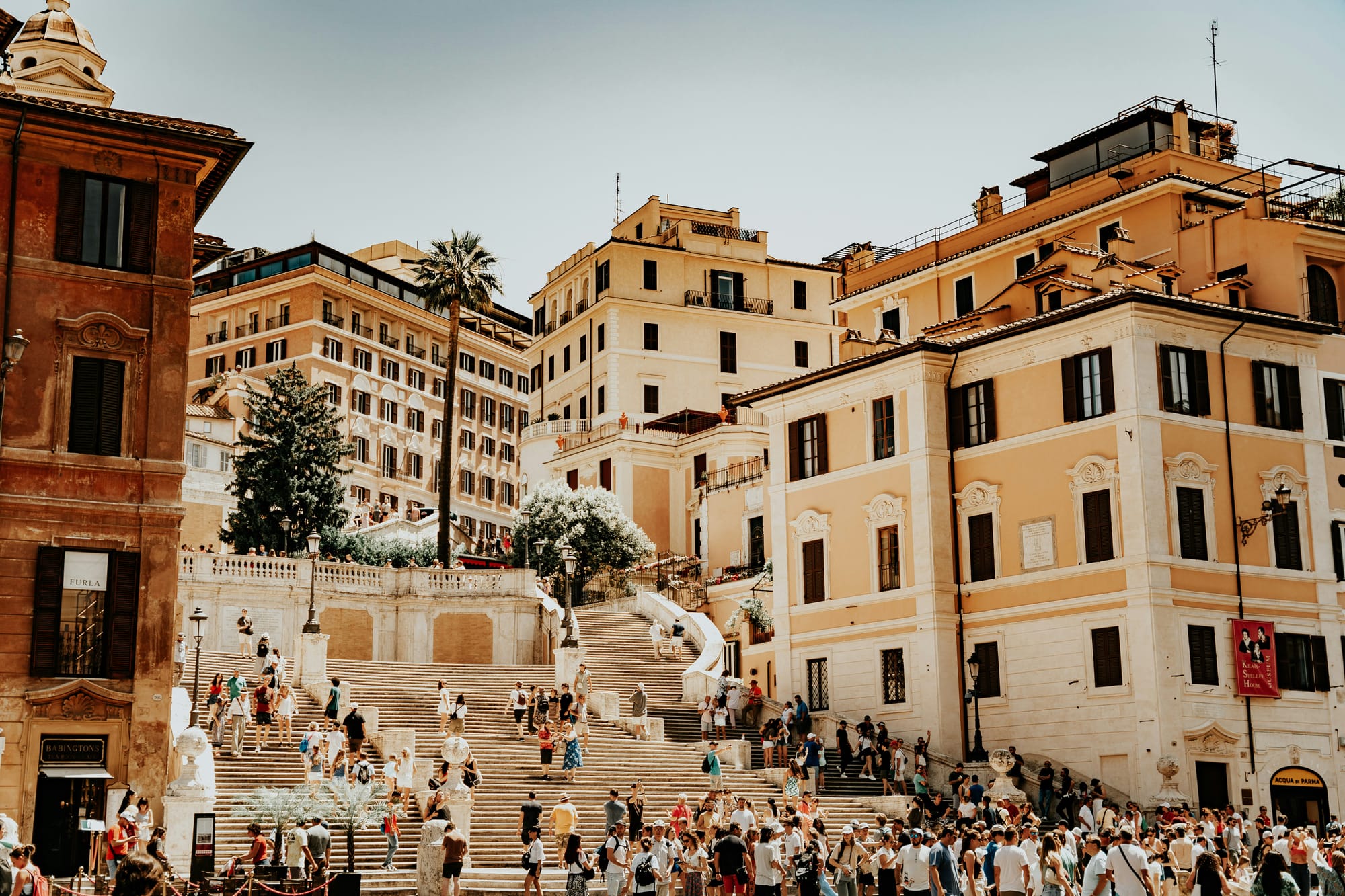
Discovering the soul of Rome: beyond the main trail
The true essence of Rome is found away from the crowds, in the details of its neighborhoods, the masterpieces in its lesser-known museums, and the simple daily rituals of its people.
Explore the neighborhoods
Wandering without a fixed agenda is a Roman rite of passage. In Trastevere, discover hidden courtyards and the stunning mosaics of the Basilica di Santa Maria. In Monti, browse the vintage shops and enjoy an aperitivo in Piazza della Madonna dei Monti. Explore the Jewish Ghetto, one of the oldest in Europe, a poignant and atmospheric area with a unique culinary tradition (don't miss the carciofi alla giudia).
Art and culture beyond the Vatican
For art lovers, the Borghese Gallery and Museum is an unmissable treasure. Housed in a stunning 17th-century villa, it features masterpieces by Bernini (like Apollo and Daphne) and Caravaggio. Booking is mandatory and must be done weeks, sometimes months, in advance, as visitor numbers are strictly limited. The surrounding Villa Borghese gardensprovide a beautiful green oasis for a stroll.
The Capitoline Museums, located on the Michelangelo-designed Piazza del Campidoglio, are considered the world's first public museums, offering a superb collection of Roman sculpture and art.
Authentic experiences
- Market Life: Visit the bustling Campo de' Fiori market in the morning to see colorful produce stalls (though be aware it's also very tourist-focused). For a more local feel, the market in Testaccio is a culinary haven.
- Hidden Caravaggios: See three of Caravaggio's masterpieces in their intended setting, for free, at the Church of San Luigi dei Francesi near Piazza Navona.
- The View from Aventine Hill: For a moment of tranquility and a stunning panoramic view of the city, head to the Giardino degli Aranci (Orange Garden) on Aventine Hill. Nearby is the famous Aventine Keyhole, offering a perfectly framed view of St. Peter's Dome.
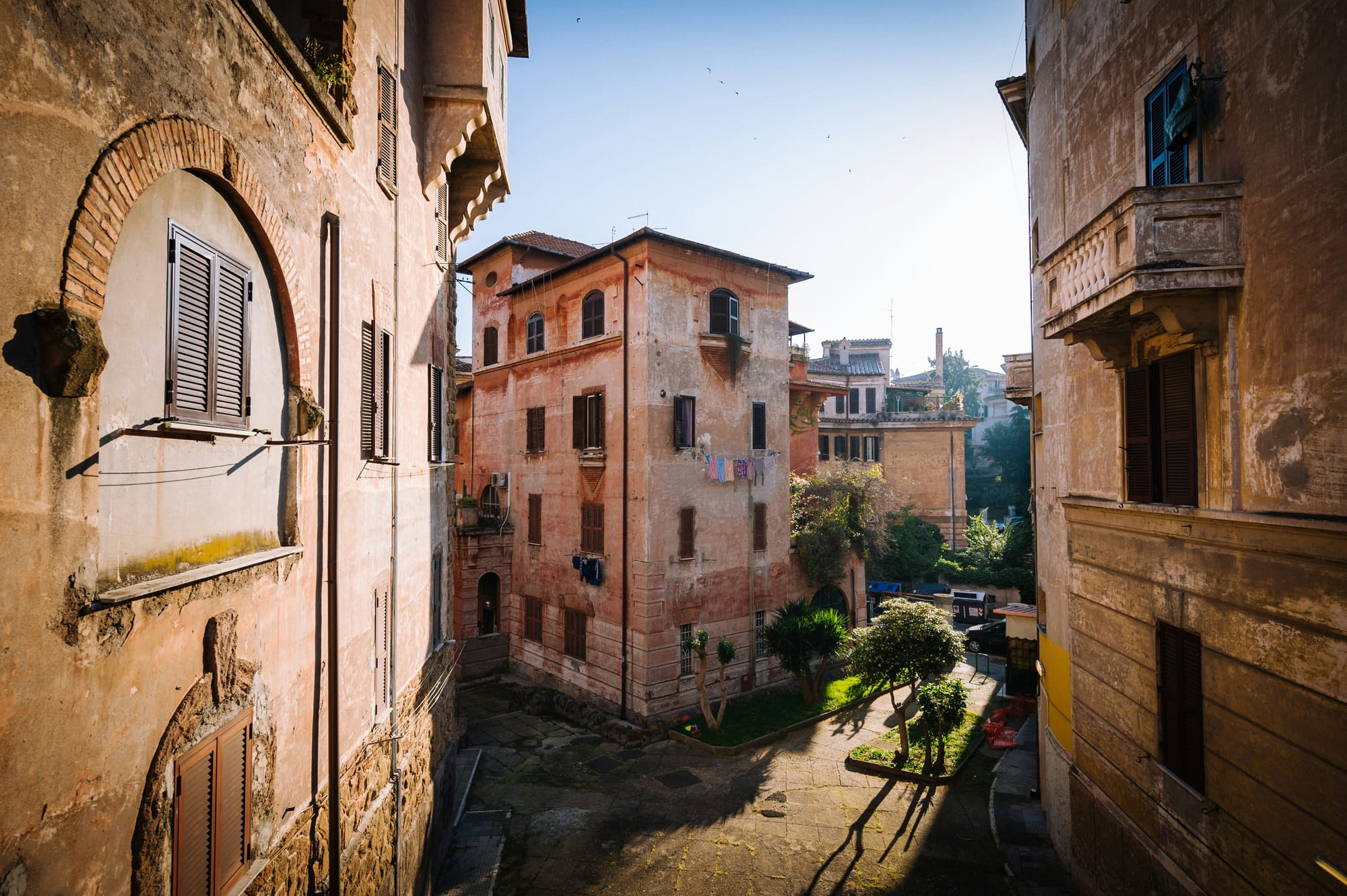
The art of Roman cuisine: a culinary itinerary
Food in Rome is not just sustenance; it is a pillar of cultural identity, a daily celebration of history, and a fiercely protected heritage. The cucina romana (Roman cooking) is rooted in cucina povera ("poor cooking"), a philosophy of transforming simple, high-quality, seasonal ingredients into deeply flavorful and satisfying dishes. It is direct, robust, and unapologetic. To dine in Rome is to partake in a tradition that has been honed over centuries, from the pastoral hills of Lazio to the bustling working-class neighborhoods of the capital.
Understanding the Roman menu: from antipasto to dolce
A traditional Roman meal follows a classic Italian structure, which is an experience in itself. While ordering every course is not expected, understanding the progression helps in navigating menus and appreciating the rhythm of the meal.
- Antipasti (Starters): The meal often begins with an assortment of starters. Look for Roman essentials like Supplì, fried rice balls with a heart of melting mozzarella, a quintessential street food elevated to a proper starter. Fiori di Zucca are delicate zucchini blossoms, battered and fried, often stuffed with mozzarella and anchovy. The true king of Roman vegetables is the artichoke (carciofo). Depending on the season (winter and early spring), it is prepared in two iconic ways: Carciofi alla Romana (braised with garlic, mint, and olive oil until tender) and Carciofi alla Giudia (deep-fried until the leaves are crisp like potato chips), a masterpiece from the city's historic Jewish Ghetto.
- I Primi (The First Course): This is the domain of pasta and rice. It is here that Rome asserts its culinary identity most forcefully. One cannot leave without trying the city's foundational pasta dishes, often referred to as a "holy trinity" (plus one). The key to their magic is the use of guanciale (cured pork jowl, richer and more complex than pancetta) and Pecorino Romano cheese.
- Carbonara: A creamy sauce made from egg yolks, Pecorino Romano, freshly ground black pepper, and crispy guanciale. Authentic Carbonara never contains cream.
- Amatriciana: A rich tomato sauce with guanciale and a dusting of pecorino.
- Gricia: Often called the "white Amatriciana," this is essentially the same dish without the tomato, allowing the flavors of the guanciale and pecorino to shine.
- Cacio e Pepe: A testament to sublime simplicity, this dish consists of Pecorino Romano, black pepper, and starchy pasta water emulsified into a perfectly balanced, creamy sauce.
- I Secondi (The Main Course): The main course is protein-focused. Roman secondi often feature lamb and veal, along with rustic dishes derived from the tradition of quinto quarto ("the fifth quarter"), which utilized the offal and less noble cuts of the animal.
- Saltimbocca alla Romana: Thin scallops of veal topped with a slice of prosciutto and a sage leaf, pan-fried in white wine and butter. The name literally means "jumps in the mouth."
- Abbacchio Scottadito: Tender, grilled baby lamb chops. The name means "finger-burning," as they are so delicious they are meant to be eaten immediately, right off the grill.
- Coda alla Vaccinara: A rich, slow-braised oxtail stew with tomatoes, celery, and sometimes a hint of bitter chocolate or raisins, a prime example of quinto quarto cookery.
- I Contorni (Side Dishes): Vegetables are served separately as side dishes, not on the same plate as the main. A classic is Cicoria Ripassata, a pleasantly bitter chicory, first boiled and then sautéed with garlic and chili flakes.
Beyond the trattoria: street food and quick bites
Roman life moves at a walking pace, and its street food culture reflects this. The Forno (bakery) is a cornerstone of daily life, offering Pizza Bianca, a simple flatbread brushed with olive oil and salt, perfect for a quick snack or for making sandwiches. No culinary exploration is complete without experiencing Pizza al Taglio (pizza by the slice). Unlike round Neapolitan pizza, this is baked in large rectangular trays and sold by weight. Point to the desired slice, specify the size, and it will be cut with scissors. Payment is often by weight (un etto is 100 grams), allowing for a sampling of multiple creative varieties.
Coffee Culture, Aperitivo, and Regional Wine
- Coffee: The Italian coffee ritual is an art form. An espresso, typically called un caffè, is the standard, consumed quickly while standing at the bar (al banco). A cappuccino is strictly a morning beverage, almost never ordered after a meal or in the afternoon.
- Aperitivo and Wine: Embrace the pre-dinner ritual of aperitivo. From around 6 PM, bars offer cocktails (like an Aperol Spritz or a Negroni) and wine served with complimentary snacks. For a truly local wine experience, look for vintages from the surrounding Lazio region. A crisp white Frascati Superiore from the nearby Castelli Romani hills or a medium-bodied red Cesanese del Piglio provides a true taste of the local terroir.
The Art of Gelato
Authentic, artisanal gelato is a Roman necessity. Discerning a quality gelateria from a tourist trap is simple with a few key observations. Look for shops where the gelato is stored in covered, flat metal containers (pozzetti), a sign that it's being kept at the proper temperature. The colors should be natural—pistachio should be a muted, earthy green, not a bright neon shade. Finally, real gelato is not piled high in decorative, gravity-defying mounds; its density doesn't allow for it.
Essential dining etiquette and tips
- Reservations: For dinner at a reputable trattoria or ristorante, reservations are highly recommended, often essential.
- Dining Times: Romans dine later. Lunch is typically from 1:00 PM to 3:00 PM, while dinner service rarely starts before 8:00 PM.
- Types of Eateries: Understanding the distinction can guide expectations. A Ristorante is typically more formal with a full menu. A Trattoria is a more traditional, often family-run establishment with classic Roman dishes. An Osteria was historically a simple tavern serving wine and a few dishes, though today the term is often used interchangeably with trattoria.
- The "Coperto": Most restaurants charge a coperto, or cover charge, per person. This is not a tip; it covers the bread and the table setting. It will be listed on the menu. Service is often included (servizio incluso), but leaving a small additional amount (5-10%) for excellent service is appreciated.
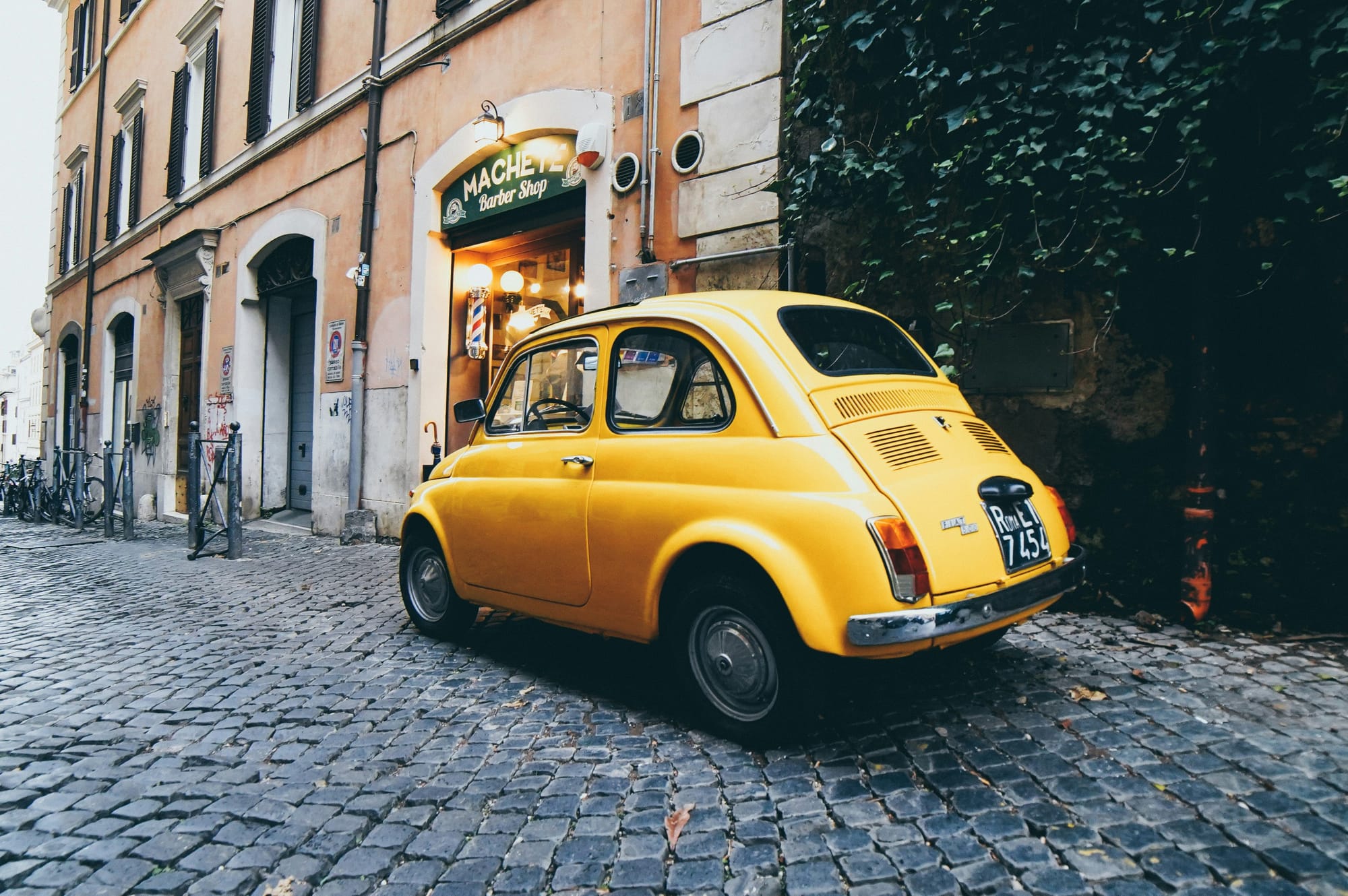
A blueprint for exploration: sample itineraries
To bring these experiences together, here are two potential frameworks for structuring a visit.
A 3-Day Rome Itinerary
- Day 1: Ancient Rome. Morning at the Colosseum, Roman Forum, and Palatine Hill. Afternoon exploring the Capitoline Museums and Piazza del Campidoglio. Evening in the adjacent Monti neighborhood.
- Day 2: The Vatican & Trastevere. Morning dedicated to the Vatican Museums, Sistine Chapel, and St. Peter's Basilica. Afternoon crossing the Tiber to wander the charming streets of Trastevere, staying for dinner.
- Day 3: Baroque Splendor. Morning at the Pantheon, followed by a visit to the Trevi Fountain (tossing a coin is optional). Afternoon at the Spanish Steps and exploring the high-end shopping streets nearby.
Extending to 5 Days
- Day 4: Art & Relaxation. Morning at the Borghese Gallery (pre-booked), followed by a relaxing afternoon in the Villa Borghese gardens. Descend to Piazza del Popolo.
- Day 5: Hidden Rome. Morning exploring the Jewish Ghetto and Campo de' Fiori. Afternoon ascent to Aventine Hill for the Orange Garden and the Keyhole view, a perfect, quiet farewell to the city.
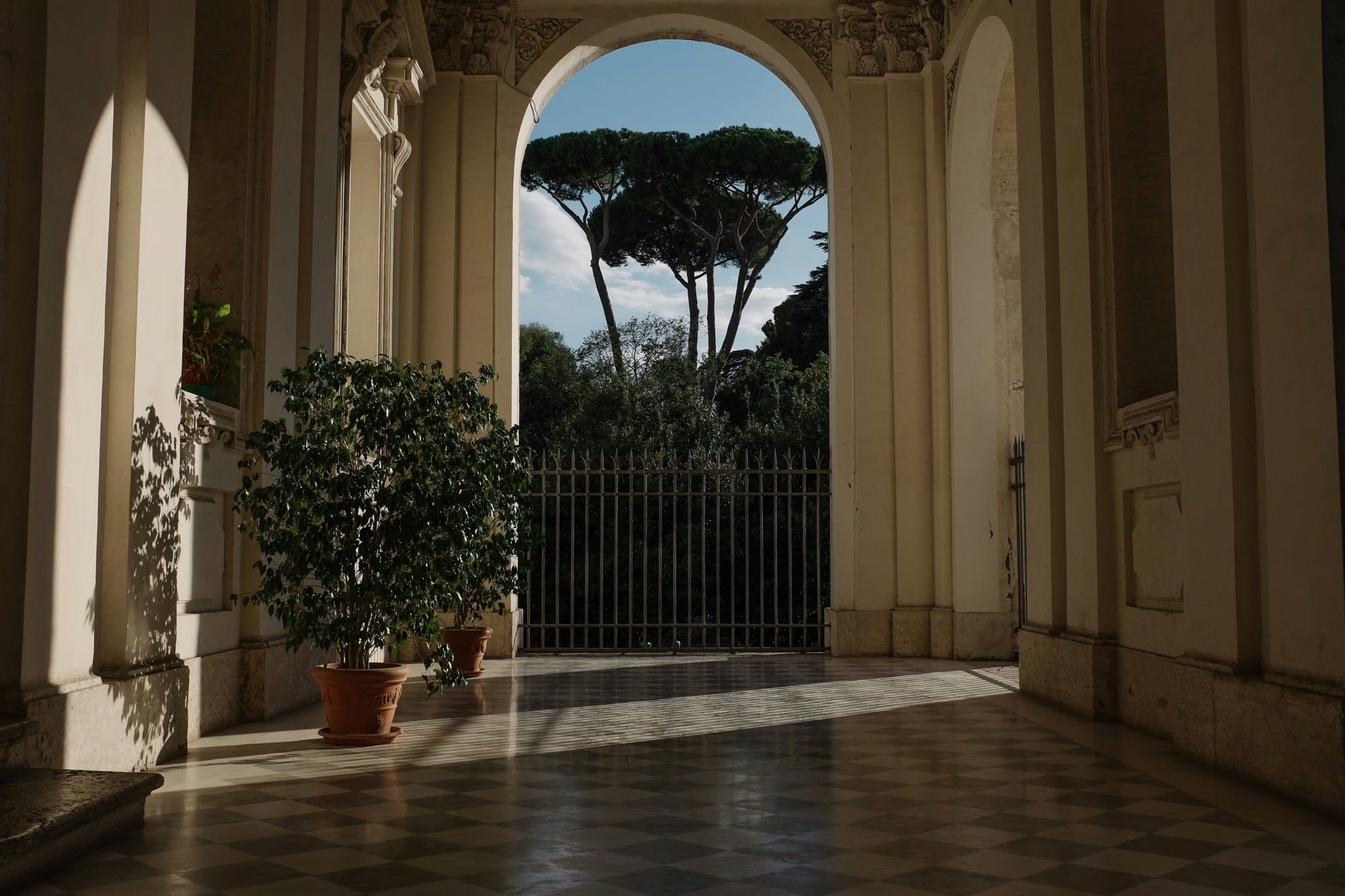
Planning the Roman journey: practical foundations
To bring these itineraries to life, a foundation of practical knowledge is key. A successful trip to Rome begins with thoughtful planning, and a strategic approach transforms a potentially chaotic visit into a seamless and enriching experience.
When to visit
While Rome is a year-round destination, the shoulder seasons (April-June and September-October) offer the most pleasant experience. The weather is comfortably warm, the summer crowds have either not yet arrived or begun to thin, and the city is bathed in a beautiful, soft light. Winter (November-February) can be chilly and damp, but it offers the reward of fewer tourists and a more local atmosphere. July and August are typically hot, humid, and crowded, making extensive sightseeing a challenge.
How long to stay
A whirlwind 48-hour trip can only scratch the surface. To truly appreciate Rome's main attractions without rushing, a minimum of four to five full days is recommended. This allows for a comfortable pace, accommodating time to explore not just the primary sites but also to wander through charming neighborhoods and savor the local culture.
Getting to and around Rome
Rome is served by two main airports: Leonardo da Vinci-Fiumicino (FCO) for most international flights and Ciampino (CIA) for many budget airlines. From FCO, the Leonardo Express train offers a non-stop, 32-minute service to Roma Termini, the city's central station. From CIA, buses connect to the metro system and Termini.
Once in the city, Rome's historic center (Centro Storico) is best explored on foot. The joy of discovery often lies in the unexpected turns and hidden piazzas. For longer distances, the Metropolitana (metro) is efficient for reaching key sites like the Colosseum, the Vatican, and the Spanish Steps. Buses and trams cover the rest of the city, though they can be crowded.
Where to stay: a neighborhood guide
The choice of neighborhood significantly shapes the Roman experience.
- Centro Storico (Historic Center): Ideal for first-time visitors who want to be within walking distance of the Pantheon, Piazza Navona, and Campo de' Fiori. It is bustling, atmospheric, and convenient.
- Trastevere: Known for its bohemian chic, ivy-draped buildings, and labyrinthine cobblestone streets. It’s packed with excellent trattorias and artisan shops, offering a picturesque, albeit popular, version of Roman life.
- Monti: Nestled behind the Fori Imperiali, this neighborhood blends a hip, artisanal vibe with ancient history. It's filled with independent boutiques, wine bars, and a palpable sense of local community.
- Prati: An elegant, orderly district adjacent to the Vatican. It’s a good choice for those prioritizing a visit to St. Peter's and the Vatican Museums, offering a quieter retreat from the central hustle.
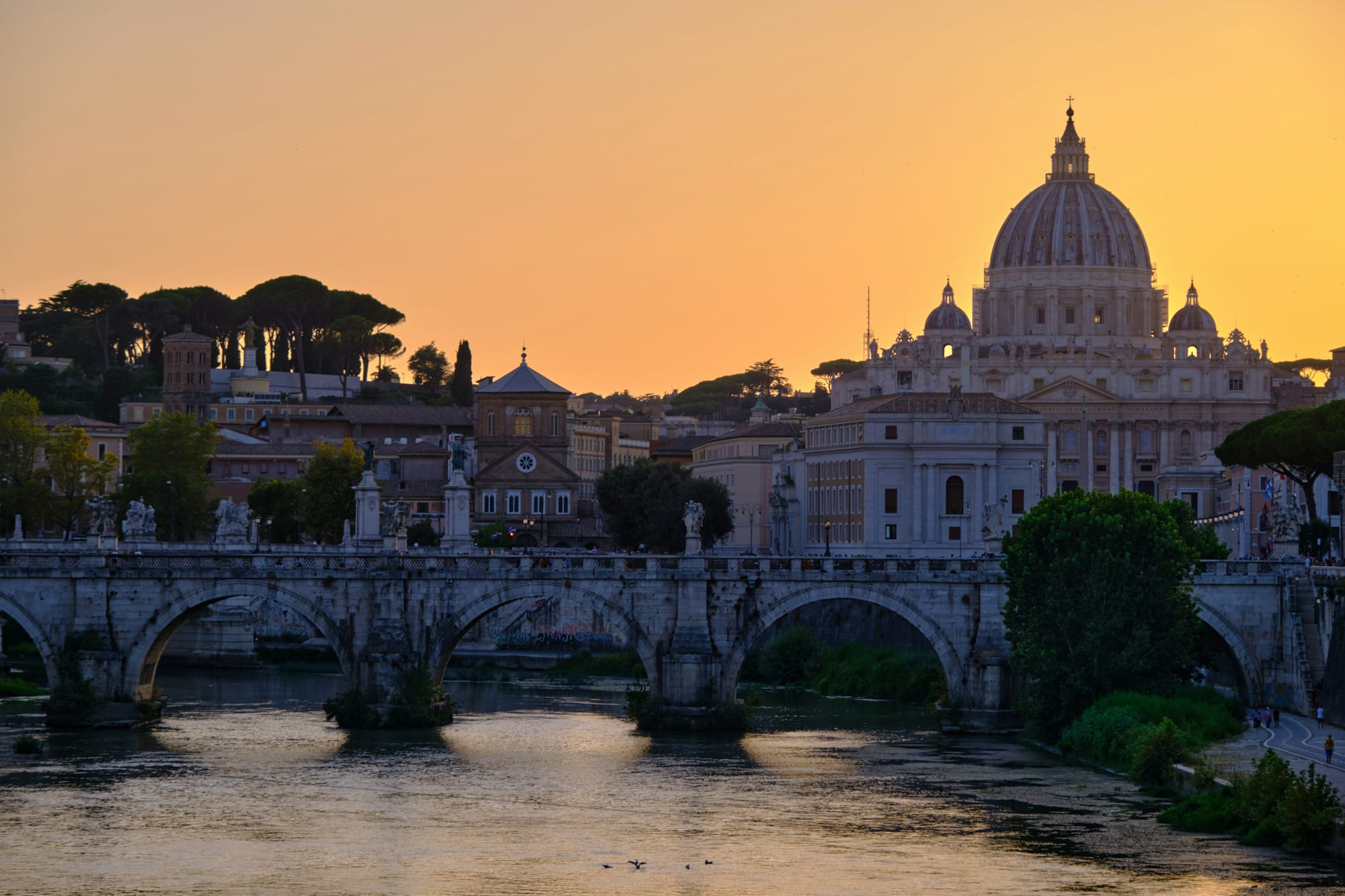
Rome is a city that reveals itself in layers. It demands patience, rewards curiosity, and leaves an indelible mark on all who walk its ancient stones. The key is to balance the monumental with the intimate—to stand in awe before the Colosseum, but also to sit at a café in a quiet piazza, observing the flow of Roman life. It’s in this balance that a visitor moves beyond seeing the icons and begins to discover the city's eternal, magnificent soul.
You can find out more about Rome. Read all our articles to understanding the soul of the city.








